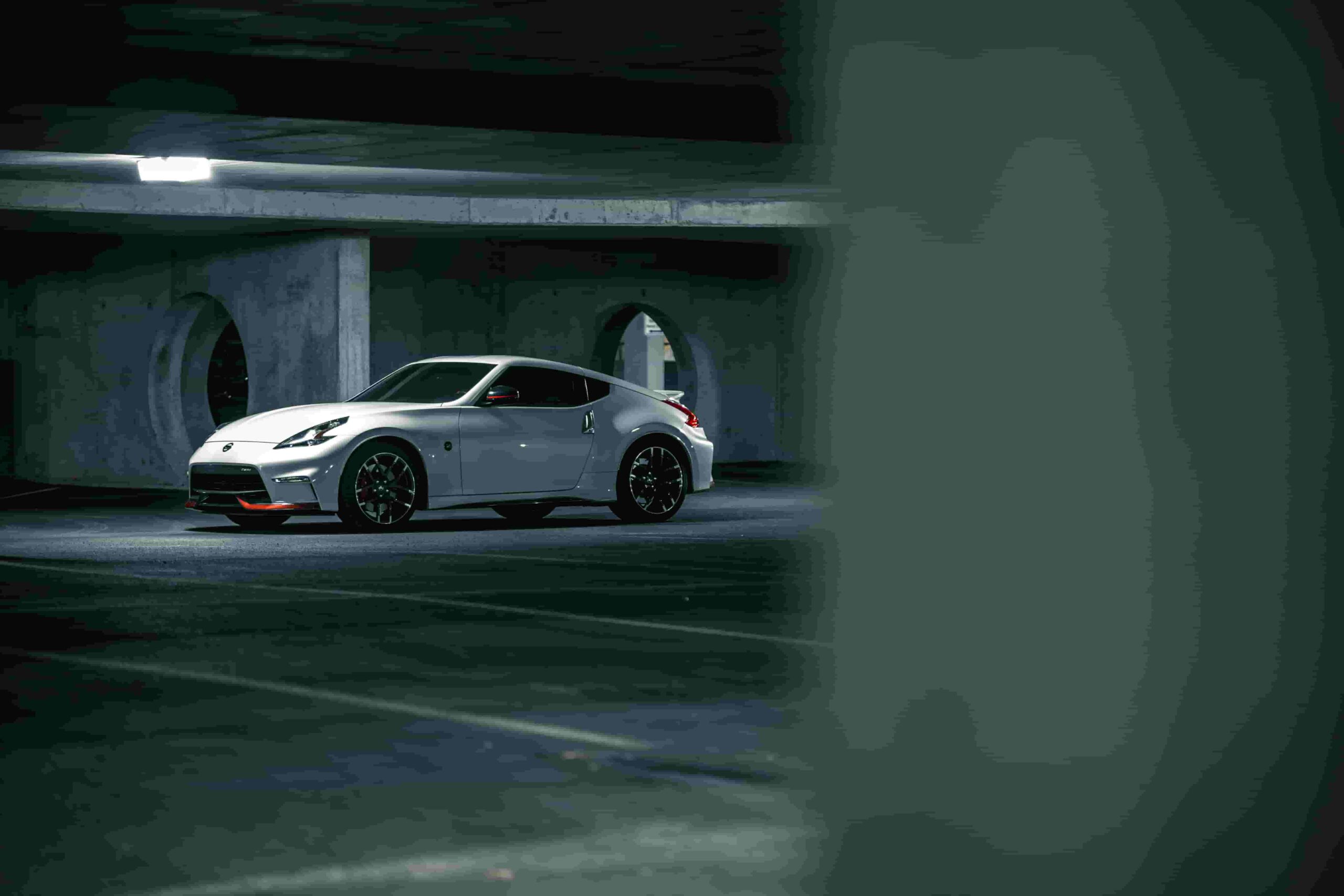Purchasing a used car can feel overwhelming, especially for first-time car buyers. The used car market is vast and exciting but filled with potential pitfalls. Whether you’re a seasoned automotive enthusiast or a newcomer to the scene, knowing what to avoid can save you from future headaches. In this post, we’ll break down the top five mistakes to steer clear of when buying a used car.
The Importance of Research
Before you step foot on a car lot or browse online listings, thorough research is essential. Start by setting a realistic budget that includes more than just the vehicle’s price. Factor in costs like insurance, taxes, registration, and potential repairs. Next, consistently check vehicle history reports to uncover any hidden issues or past damages. Finally, pinpoint your needs—whether it’s fuel efficiency, cargo space, or advanced safety features, knowing what you want helps narrow down your options.
Researching these aspects ensures you make an informed decision that fits your lifestyle and financial situation. It’s not just about finding a car; it’s about finding the right car for you. Thorough research can save you from future regrets and unnecessary expenses.
Ignoring the Vehicle History Report
One of the gravest mistakes is ignoring the vehicle history report. This document provides a comprehensive overview of the car’s past, including previous ownership, accident history, and service records. Websites like Carfax or AutoCheck can supply these reports, often for a small fee.
A vehicle history report can alert you to red flags like odometer fraud or salvage titles. These are critical pieces of information that can significantly impact the vehicle’s value and your safety. For example, a car that has been in multiple accidents may have underlying structural issues that aren’t immediately visible.
By skipping this step, you risk buying a vehicle with a troubled past that could lead to costly repairs down the line. Always insist on seeing the vehicle history report before finalizing your purchase.
Skipping the Pre-purchase Inspection
Another crucial step is the pre-purchase inspection. Even if the car looks perfect on the surface, it might have underlying issues that only a professional can detect. Have a trusted mechanic perform a comprehensive inspection. This might cost you some money upfront, but it can save you thousands in future repairs.
A pre-purchase inspection can reveal mechanical issues, hidden damages, or signs of wear and tear that aren’t visible during a casual look-over. Mechanics can identify problems with the engine, transmission, brakes, and other critical components.
Skipping this step could mean inheriting a host of problems that the seller might not disclose. Investing in a pre-purchase inspection is a small price to pay for peace of mind and long-term savings.
Overlooking the Total Cost of Ownership
Many buyers focus solely on the sticker price, overlooking the total cost of ownership. This mistake can lead to financial strain down the road. Apart from the purchase price, consider ongoing expenses like insurance premiums, fuel costs, maintenance, and potential repairs.
Insurance costs can vary significantly depending on the vehicle’s make, model, and age. Similarly, some cars require premium fuel or have lower fuel efficiency, impacting your monthly budget. Maintenance costs can also differ; luxury vehicles, for example, often have higher repair costs due to the specialized parts required.
By considering these factors, you can better assess whether the car fits your budget not just today, but in the months and years to come. Always look beyond the sticker price to understand the full financial commitment.
Not Test Driving the Vehicle
Test driving is a non-negotiable part of the car-buying process. It’s your chance to experience the vehicle firsthand and assess its condition and suitability. Pay attention to how the car handles, brakes, and accelerates. Listen for any unusual noises, and check if all the features are functioning correctly.
Test driving allows you to get a feel for the car’s comfort and performance. Are the seats comfortable? Is there enough legroom? Does it align with your expectations for ride quality and handling?
Skipping the test drive could result in buyer’s remorse. A car might look great on paper but fail to meet your needs in practice. Always take the time to test drive any vehicle you’re seriously considering.
Rushing the Purchase
Patience is key when buying a used car. Rushing into a purchase can lead to missed opportunities and costly mistakes. Take your time to compare different options, negotiate prices, and ensure all paperwork is in order.
Rushing can cause you to overlook critical details, such as discrepancies in the vehicle history report or issues uncovered during the pre-purchase inspection. It can also lead to emotional decisions rather than rational ones, influenced by high-pressure sales tactics.
By taking your time, you can make a more informed decision and secure a better deal. Remember, there are always more cars available, so there’s no need to rush into a purchase you’re not entirely confident about.
Conclusion
Buying a used car doesn’t have to be daunting. By avoiding these common mistakes—ignoring the vehicle history report, skipping the pre-purchase inspection, overlooking the total cost of ownership, not test driving the vehicle, and rushing the purchase—you can make a smart, informed decision.
With careful research and patience, you can find a reliable vehicle that fits your needs and budget. Remember, the goal is to get the best value for your money without compromising on quality or safety.
Feel free to share your experiences or ask questions in the comments below. And if you’re looking for more tips and resources on buying a used car, check out our related articles and tools to help you every step of the way. Happy car hunting!

